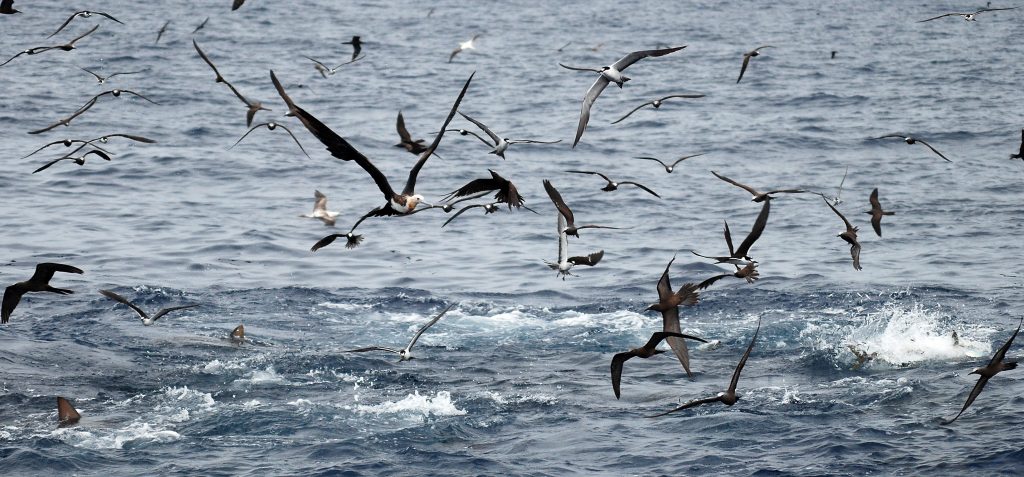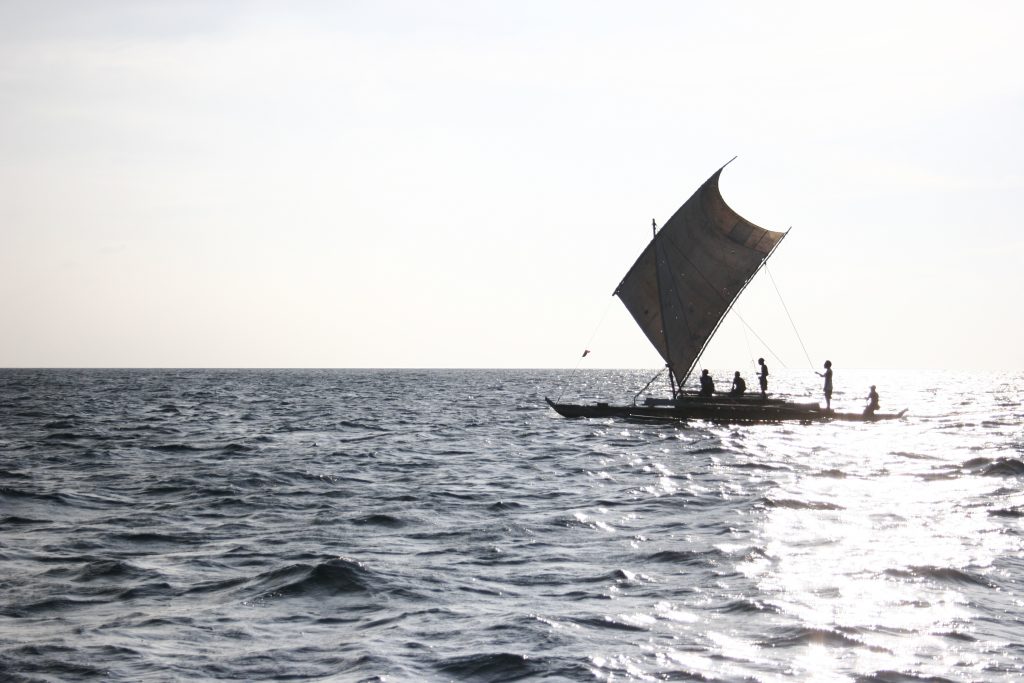President Biden supports national marine sanctuary for Pacific Remote Islands

On Tuesday, President Joe Biden directed the U.S. Secretary of Commerce to consider initiating a new National Marine Sanctuary designation within the next 30 days to all U.S. waters around the Pacific Remote Islands, which are southwest of Hawaiʻi.
If completed, the new sanctuary would conserve 777,000 square miles and ensure the United States will reach the Biden’s goal of conserving at least 30 percent of ocean waters under American jurisdiction by 2030.
Biden announced this directive and other environmental efforts at the White House Conservation in Action Summit.
The new marine sanctuary would encompass areas unaddressed by previous administrations so all areas of U.S. jurisdiction around the islands, atolls and reef of the Pacific Remote Islands would be protected, according to a White House release.

The potential new National Marine Sanctuary identified in the Presidential Memorandum would conserve 777,000 square miles that includes the existing Pacific Remote Islands Marine National Monument and currently unprotected submerged lands and waters. It would extend to the full limit of the Exclusive Economic Zone (200 nautical miles) around Howland and Baker Islands, Kingman Reef and Palmyra Atoll.
The region has a rich ancestral tie to many Native Hawaiian and Pacific Island communities. The process for a potential sanctuary designation would allow the National Oceanic and Atmospheric Administration to further explore the area’s scientific, cultural and ancestral linkages, and tailor its management accordingly.
The President also is directing the Secretary of the Interior and the Secretary of Commerce to conduct a public process to work with regional Indigenous cultural leaders to appropriately rename the existing Pacific Remote Islands National Monument, and potentially the Islands themselves, to honor the area’s heritage, ancestral pathways, and stopping points for Pacific Island voyagers. He also wants to provide posthumous recognition for young Native Hawaiian men sent to secure U.S. territorial claim to the islands in the run up to World War II.

Biden is referring to the Hui Panalāʻau, a group of more than 130 mostly Native Hawaiian young men, whose service and sacrifice from 1934-1942 played a vital role in defining the modern footprint of America, according to the Pacific Remote Islands Coalition.
The Pacific Remote Islands Coalition has been advocating for protection of these islands and atolls for nearly a decade. The group submitted the nomination for the Pacific Remote Islands National Marine Sanctuary to President Biden in March.
“Mahalo to President Biden for his support in protections of the Pacific Remote Islands,” said Jonee Peters, Executive Director of Conservation Council for Hawaiʻi and Hui Panalāʻau descendant. “With his support, this action ensures a healthy marine ecosystem of native species, corals, seabirds, and all of the marine ‘ohana that support the perpetuation of traditional voyaging practices in Oceania. Furthermore, I am grateful for his recognition of the bravery and sacrifices made by the Hui Panalāʻau.”
With resilient coral reefs, diverse threatened and endangered wildlife, and deep-sea species that do not exist anywhere else on Earth, the Pacific Remote Islands house some of the last healthy, wild ecosystems in the Pacific Ocean. Its waterways weave a rich, shared wayfinding history connecting Indigenous Pacific Islanders who crossed the Pacific using winds, stars and currents to navigate their paths, the coalition said in a press release.
To learn more about the Pacific Remote Islands Coalition, visit www.protectpri.com.
Sponsored Content
Comments
















